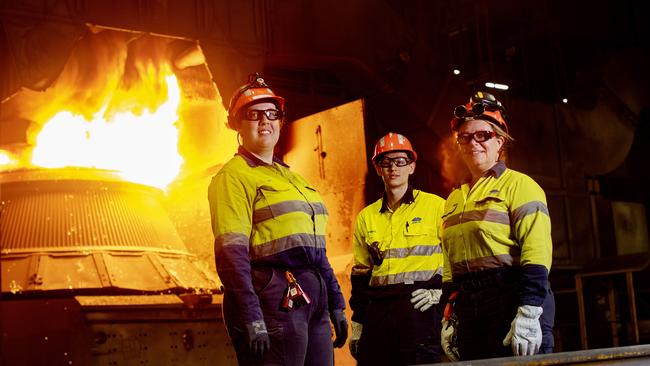
Fuel refiner and distributor Ampol, however, is a longer-term play, and chief executive Matt Halliday sees a time when electric-vehicle chargers will outnumber fuel pumps on his network of stations, with a business model to underpin this. However, that moment is still some years away, he says.
BlueScope this week will finalise its response to Climate and Energy Minister Chris Bowen’s call-out to big carbon emitters for feedback to his plan launched last month to slash carbon emissions by 30 per cent by the end of the decade.
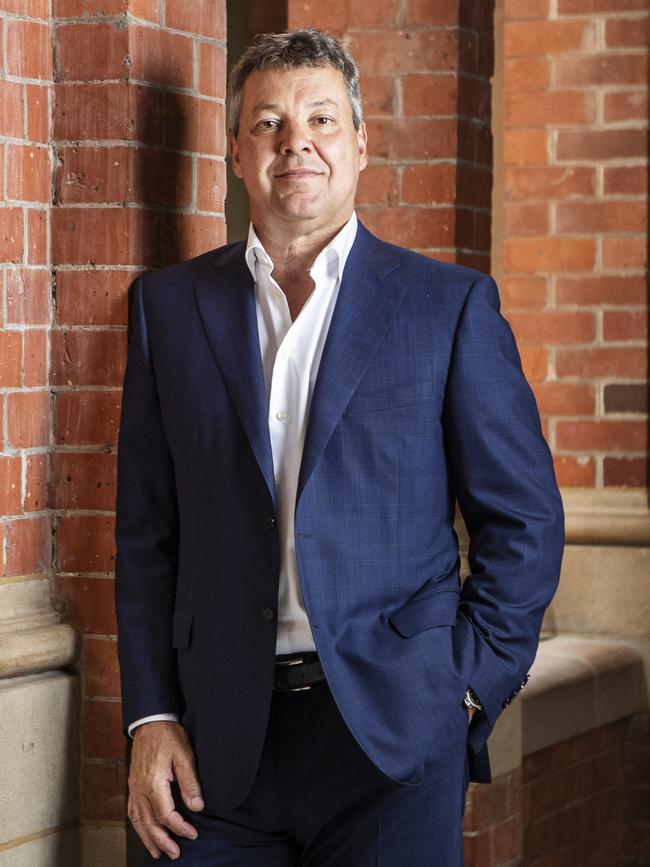
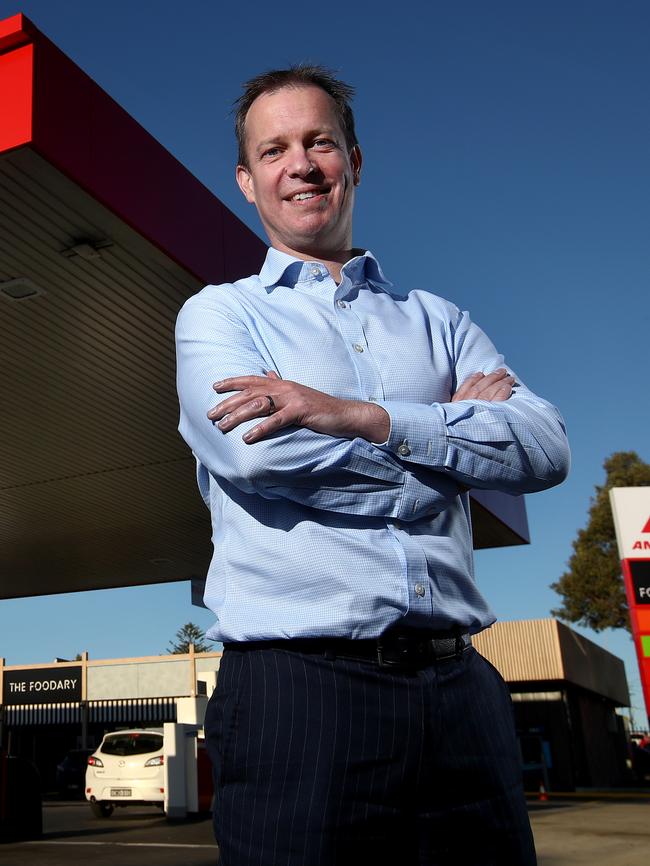
This is the equivalent of cutting 4.9 per cent a year for the next few years and would demand substantial investment. The carbon push comes as BlueScope is moving ahead with its $1bn relining of its currently mothballed No.6 blast furnace at Port Kembla, a move that would underpin the future of the steelworks for decades to come.
BlueScope chief Mark Vassella says he is getting a good hearing from Canberra on Bowen’s proposal, but the bottom line is that there is just not the technology available to curb emissions to the extent that is being proposed without substantially cutting output.
This is where Bowen’s so-called safeguard mechanism will need to flex to ensure it doesn’t crunch the economy.
BlueScope has a net zero target in place for 2050 and the reline is a key part of the plan. The worry around the safeguard proposals for interim targets is that it would simply result in Australia importing more of its steel from offshore, which Vassella says essentially means Australia would be exporting its carbon footprint to other nations.
“It’s actually a worse outcome for the planet in terms of carbon emissions,” he says. The blast furnace in use today is one of the cleanest-burning among steelmakers today. The reline will help BlueScope build that bridge when lower-emissions technology such as green steel becomes available.
Ampol’s Halliday is aiming to hit net zero by 2040 and the fuel producer is looking at opportunities around biofuels for aviation as well as hydrogen to power heavy transport or long distance travel. In the coming year Ampol is planning to roll out another 120 of its AmpCharge fast EV chargers across Australia, including at several highway supersites.
“Getting that network in place we think is important so our customers and our fleet customers in particular can start to transition, because we’re evolving alongside those businesses,” Halliday says.
Boom times over
While Ampol is riding the wave of inflated global oil prices with record annual results, BlueScope has its own pressures for now. The boom times in pandemic-linked pricing are clearly over and, as China’s mills ramp up, steel is again circulating around the world. BlueScope also faces the prospect of a short recession in North America, where steel pricing has come off sharply, and a slowing Australian housing market, and this represents a third of domestic sales.
Vassella says earnings will fall in the June half year to a range of $480m-$550m mostly due to softer Asian and midwest steel prices, which was behind Monday’s 10 per cent share slide. During the December half, earnings came in at $851m, down 37 per cent on the previous corresponding half.
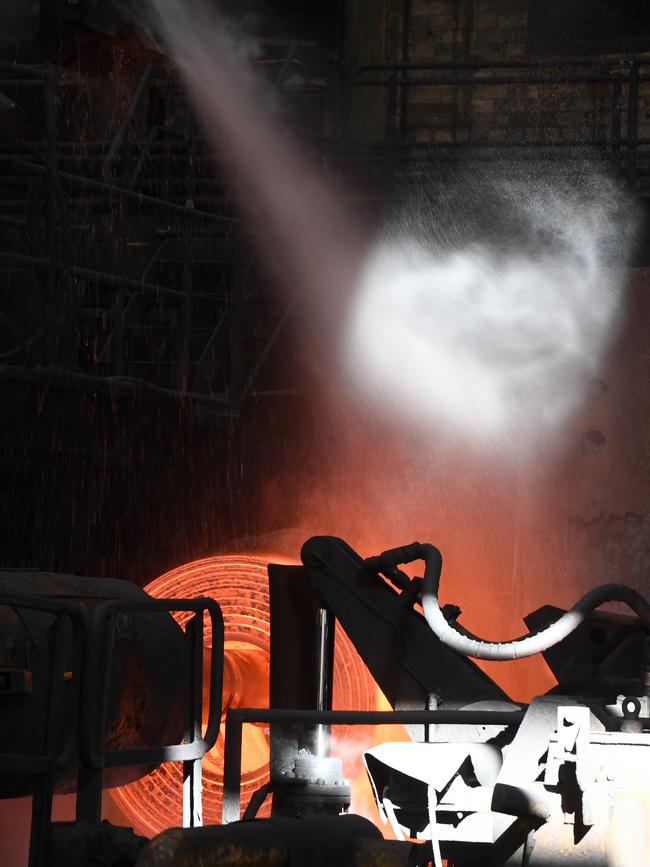
But he believes BlueScope can ride through the cycle given it has a bulletproof balance sheet with a position of $600m in net cash – that is more cash than debt and another $3.6bn in untapped debt.
Vassella says BlueScope today is a very different business, with resilience built across all of its operating arms. The downstream businesses such as housing, commercial building, distribution and coated steel perform well when the steel manufacturing returns are crunched. However, the swings also highlight the need to hold low levels of debt.
“We get that our business has cycles,” he says. “And really what we never want to be is in a position where that’s a risk. We have plenty of operating leverage in our business. We don’t need financial leverage as well.”
After being the shadow of the US for years, the Australian steel business has returned to be the biggest profit engine, delivering 30 per cent of earnings. North Star – BlueScope’s US steel mills – returned 22 per cent of the earnings mix, while downstream businesses such as coated steel in North America and Asia returned a bigger slice of the pie.
Bendigo thinks big
Bendigo Bank has been better known for its love of community bank branches and reliable donations to the local footy club while shareholder returns run somewhere down the priority list. But the regional lender under chief executive Marnie Baker has an ambitious agenda.
Bendigo will have its work cut out for it over the coming 12 months as it reaches the final stages of its biggest technology push under its three-year transformation.
By the end, the $5bn Bendigo hopes to be a leaner, more efficient bank, being in as many places online as where its customers are. This is putting Bendigo on the path to being “Australia’s bank of choice”. Crucially, it also wants to be taken seriously as an investment proposition.
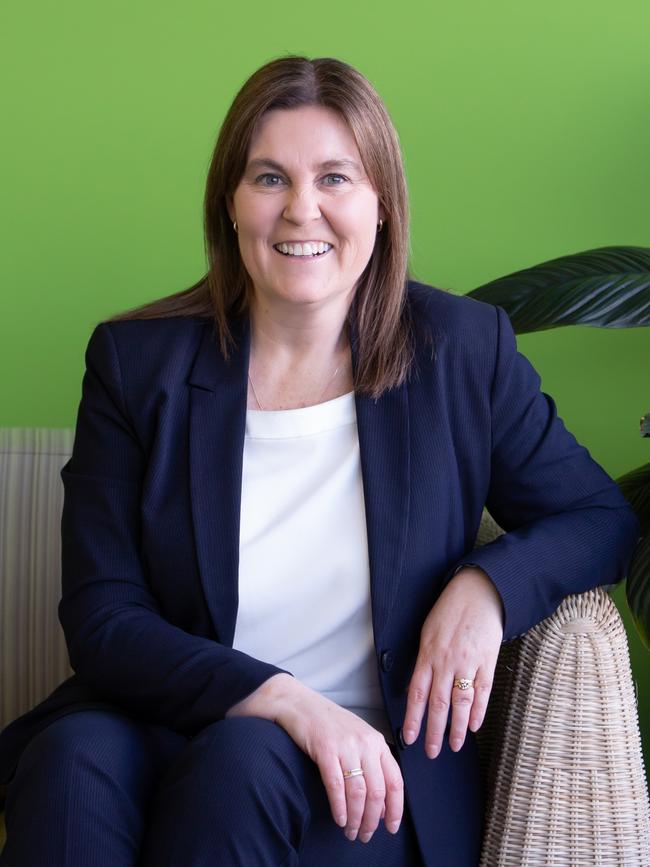
Through newly launched brands such as the fast-growing Up, Bendigo Express and a venture with fintech Tic: Toc, Bendigo is behind one in four digital mortgages written in Australia, significantly outpacing its relative size of the real work mortgage market.
There are other moves, by the end of financial year 2024, Bendigo is hoping to have 60 per cent of sales through digital channels, compared to around 24 per cent today.
It is also unpacking the mini-conglomerate structure that has built up across the bank following more than two decades of acquisitions. Bendigo expects the coming six months to cut back the number of banking technology platforms back from seven to four. By next year, it is aiming to run its entire bank across one newer platform.
It is shedding the myriad of brands it has built up through the years. Most recently, it has merged the Delphi Bank (the former Bank of Cyprus) franchise into the Bendigo brand. And once unheard of, Bendigo is also closing branches.

The way customers use the bank is changing. Next financial year it expects that 90 per cent of its customers will be digitally active using apps or online banking, while the average time frame for home loan approvals will be less than a day, from around 11 days currently.
All these changes are aimed at significantly lowering costs for the bank that has traditionally run at a higher cost base because of its smaller scale.
Baker says digital banking opens up opportunity for smaller players like Bendigo. It can compete without the need to compete on branch numbers of the big four. “Given the size that we are, we can be a bit more agile and nimble and we can pivot into customer segments or into markets where we believe that our customer value proposition is going to resonate,” she tells The Australian.
And regional banks face the same cost challenges from compliance, anti-money laundering and technology investment as their bigger rivals, and it’s becoming a major hurdle in their ability to grow.
Surging costs, including inflation drivers, are prompting a push to merge, with Bendigo last year openly talking about eyeing off Suncorp’s banking arm. However, ANZ secured a $4.9bn deal with Suncorp bank and this is being considered by regulators. Now, Bank of Queensland is being eyed by Bendigo.
Baker says a shift is underway inside Bendigo is where the emphasis is on “return, execution and business sustainability”.
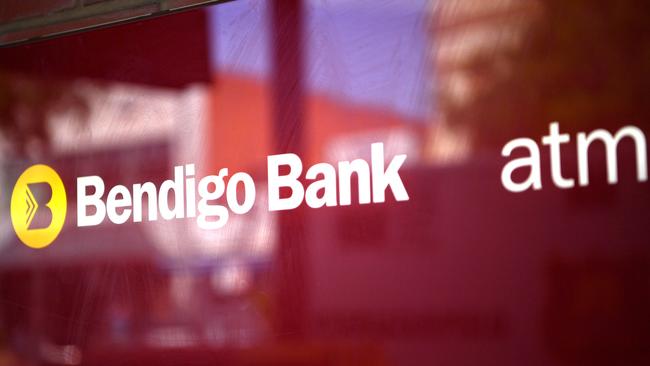
Part of this was seen following a 23 per cent jump in the bank’s interim 2023, cash profit, which came in at $295m. Much of this was driven by a surge in profit margin, helped by better returns on deposits and resistance to get into deep discounting across mortgages.
There will be pressure at some point for Bendigo to again start growing its housing lending book, but Baker says the focus is on discipline to volume and margin while the current market remains “very hot”. Bendigo shares closed up 1.9 per cent at $9.79.
Bendigo’s Community Bank franchise, where half the costs and earnings are shared with
local communities has long been seen as a defensive play, given its complex governance structure has kept potential predators at bay.
Baker says even as more of the banking market moves online, the franchise– like all business models – will need to continue to evolve to remain relevant to customers. However, she says it remains an important part of Bendigo. The figures show Community Bank is stronger on deposits than growing loans, and despite the cost, that gives a bank the size of Bendigo a significant advantage.
The choice of going digital or community banking is not mutually exclusive, she adds.
“From our perspective, these things all sit really nicely together. Now, does that mean that things will, you know, need to evolve and change? Absolutely. But our community commitment that we have doesn’t fall away with digital,” she says.
Currently, Bendigo gets $10bn in additional low cost deposits through its community network, and this reduces the need to tap costly wholesale funding markets to grow its loans book.
johnstone@theaustralian.com.au








Two heavy-duty industrials are negotiating the move to net zero in their own determined way. But steelmaker BlueScope’s journey has more urgency given it ranks as one of the top polluters and is likely to be caught out in the Albanese government’s new emissions crackdown.